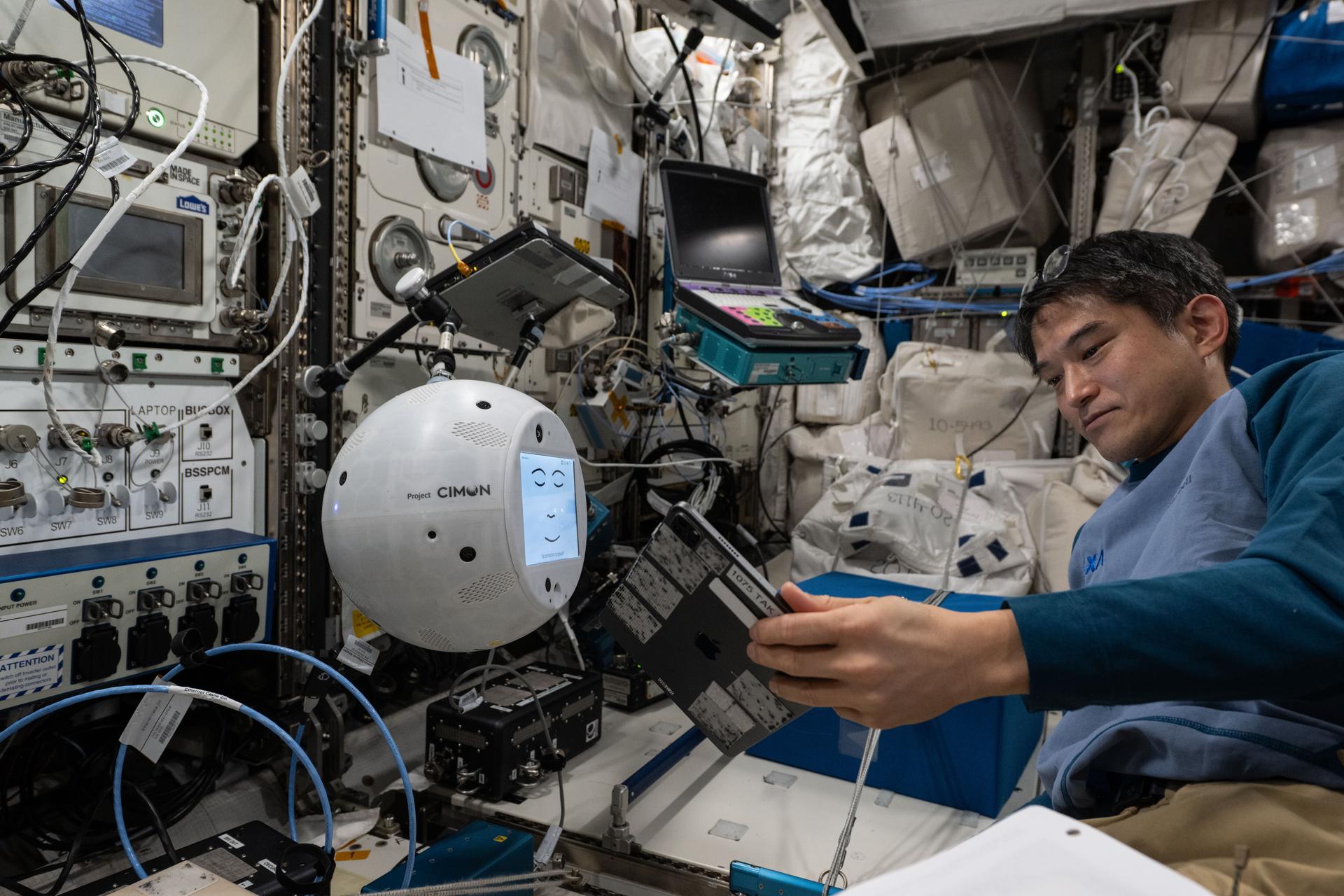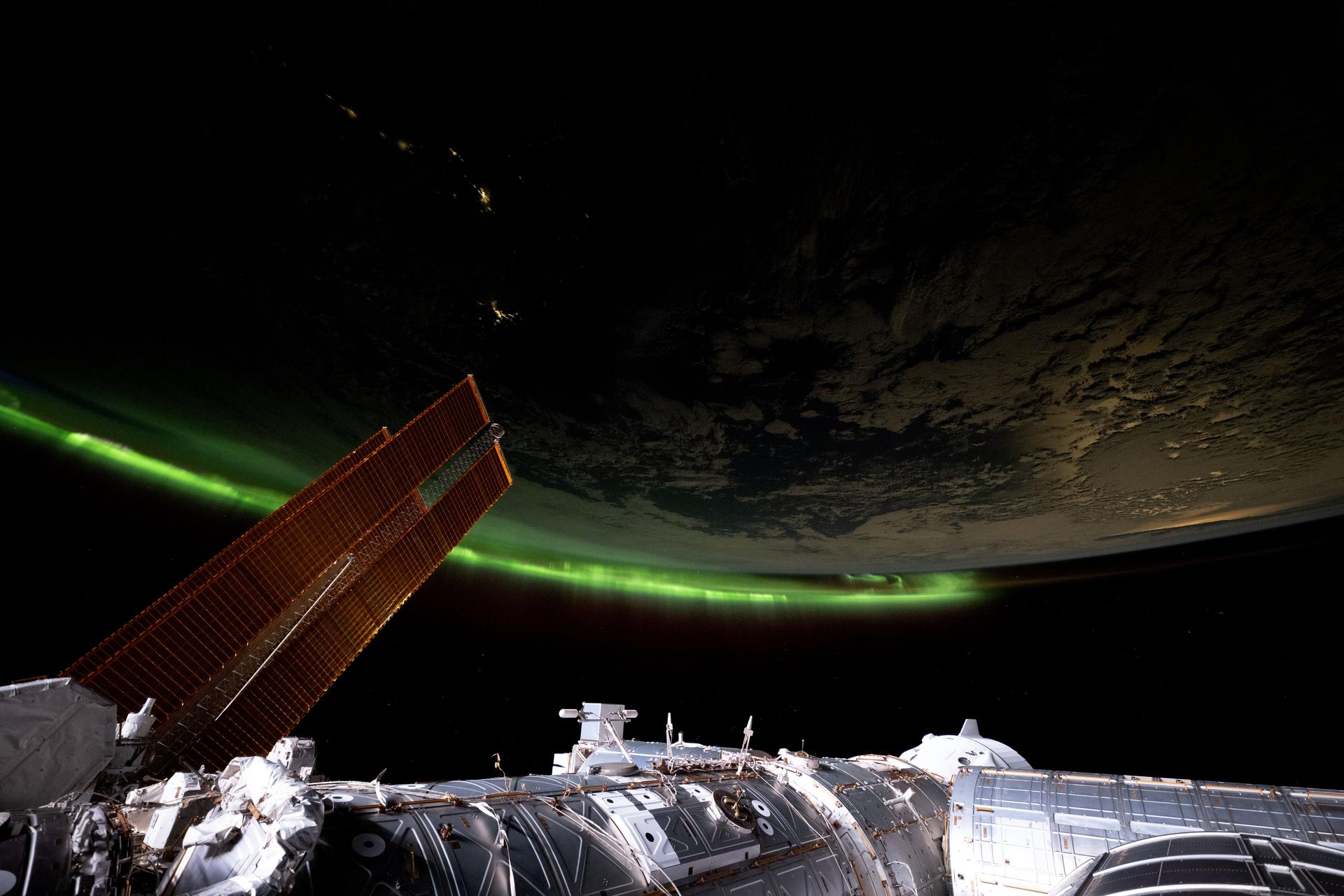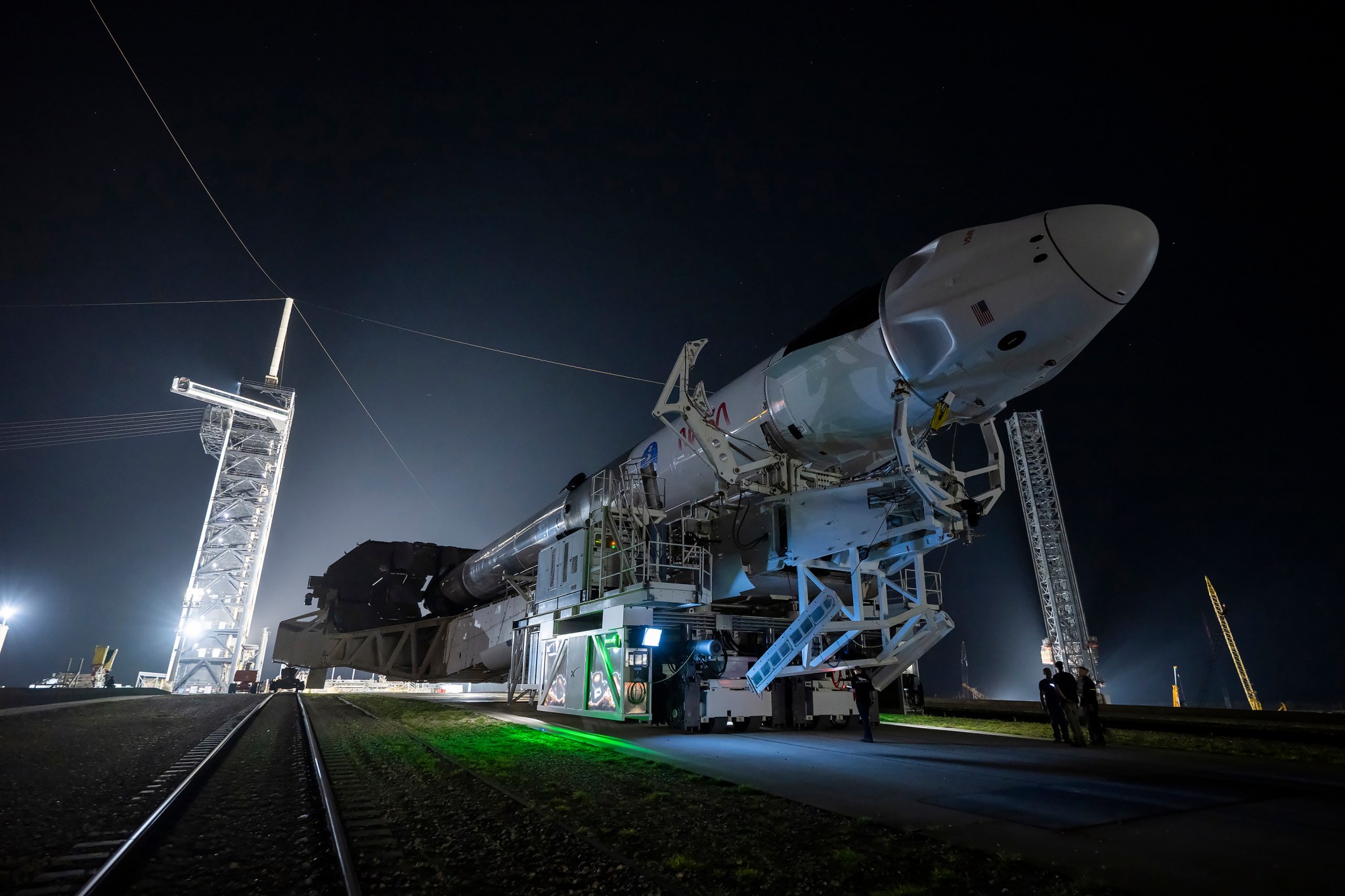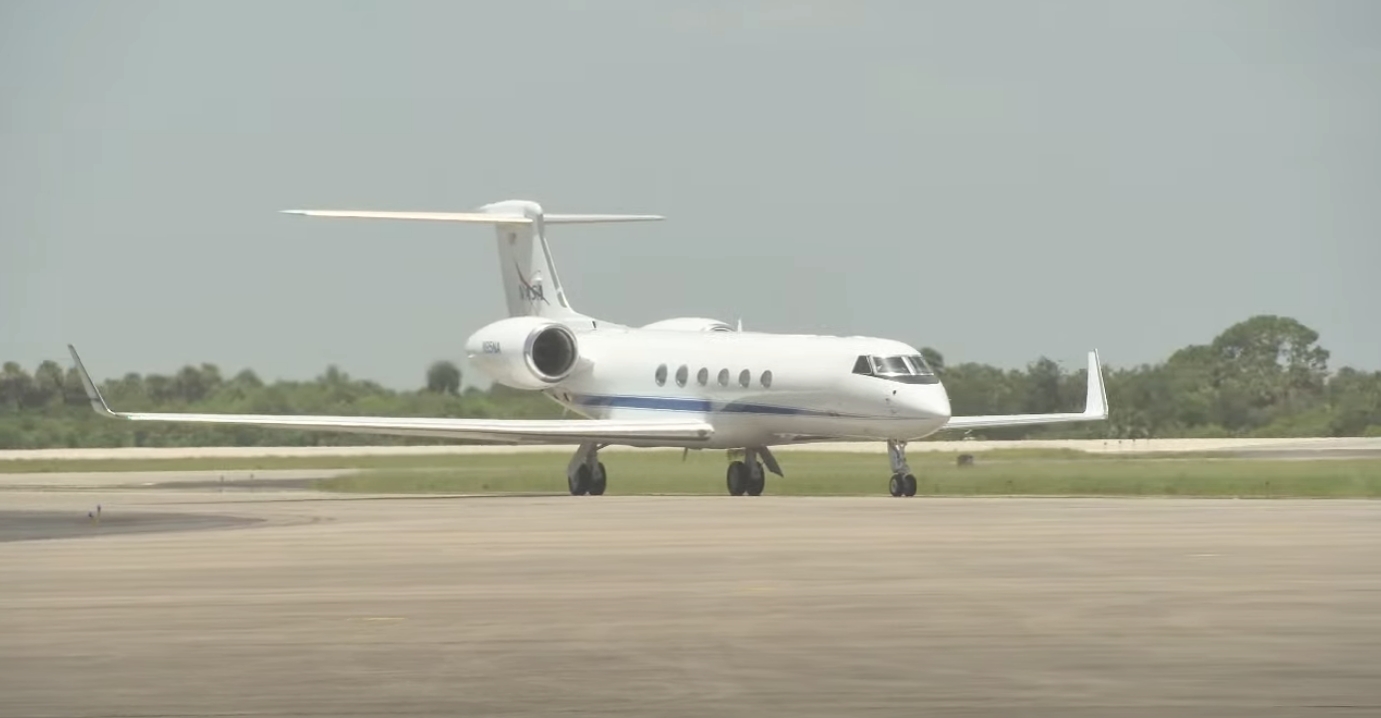Muscles, AI Robotics Research Assisting Astronauts as Next Crew Nears Launch
Muscles and robotics topped the research schedule aboard the International Space Station on Tuesday to keep astronauts fit and assist crews on long-duration missions. Meanwhile, four Expedition 73 crewmates continue preparing for their departure next month as another crew on Earth nears its launch to the orbital outpost this week.
The lack of gravity crews experience in space contributes to muscle and bone loss that doctors are learning how to counteract. One method researchers are investigating is electrical muscle stimulation to enhance the crew’s daily exercise regimen and ensure healthy astronauts and successful spaceflights farther out into space.
NASA Flight Engineers Nichole Ayers and Anne McClain partnered together and studied using small electrical signals to counteract space-caused muscle atrophy and improve muscle function in weightlessness. The duo worked in the Columbus laboratory module with McClain operating biomedical gear and sending electrical signals to electrodes attached to Ayers legs. Doctors on the ground will review the data to learn how leg muscles respond to the signals in microgravity. Results may lead to improved space workout plans and lighter exercise equipment on spacecraft.
Autonomous robots may soon be assisting crews on the orbital outpost and future missions to the Moon, Mars, and beyond. CIMON, an artificial intelligence-powered robot about the size of a bowling ball, was being tested on Tuesday for its ability to control other free-flying robots aboard the station. Station Commander Takuya Onishi of JAXA (Japan Aerospace Exploration Agency) activated CIMON in the Columbus module which then commanded a free-flying robotic camera to look for hidden objects inside the Kibo laboratory module. Results may fine-tune robot-to-robot communications, automate routine tasks, and enable crews to spend more time on research and relaxation.
The three astronauts later joined Roscosmos cosmonaut Kirill Peskov and checked out the pressure suits they will wear when they return to Earth next month aboard the SpaceX Dragon crew spacecraft. NASA’s SpaceX Crew-10 quartet tested the suits’ communications system and inspected the suits’ boots, gloves, and zippers. They are targeting the completion of their stay in space about a week after NASA’s SpaceX Crew-11 mission launches no earlier than 12:09 p.m. EDT on Thursday and docks to the space station a day-and-a-half later. Crew-11 Commander Zena Cardman and Pilot Mike Fincke, both from NASA, and Mission Specialists Kimiya Yui from JAXA and Oleg Platonov from Roscosmos are in Florida at NASA’s Kennedy Space Center counting down to their launch aboard Dragon atop the SpaceX Falcon 9 rocket. The foursome are preparing for a seven-month space research mission aboard the orbital outpost.
NASA Flight Engineer Jonny Kim is readying the space station for Crew-11 and staging supplies the new crew will use upon arrival. Kim will also be on duty monitoring Crew-11’s approach and rendezvous aboard Dragon as it nears the Harmony module’s space-facing port for an automated docking. He also gathered tools in preparation for the upcoming undocking of Crew-10 from Harmony‘s forward port inside the Dragon spacecraft.
Roscosmos Flight Engineers Sergey Ryzhikov and Alexey Zubritsky, who will stay in space until December with Kim, spent their day on Earth observation tasks. The duo set up and pointed a variety of imaging gear out space station windows and photographed the effects of natural and man-made disasters as well as other Earth landmarks in a variety of wavelengths.
Learn more about station activities by following the space station blog, @space_station on X, as well as the ISS Facebook and ISS Instagram accounts.
Get the latest from NASA delivered every week. Subscribe here.
Powered by WPeMatico
Mark A. Garcia








